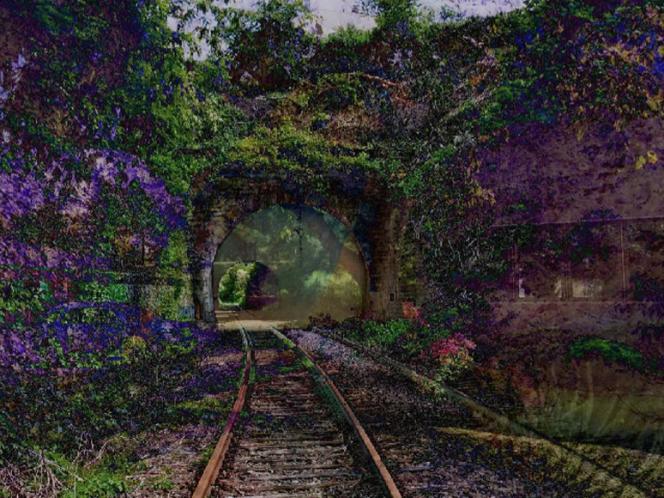A visual work created by artificial intelligence (AI) acting without human supervision cannot be copyrighted in the United States, confirmed a US federal judge, Friday August 18. The latter was ruling on the validity of a previous verdict, issued at the beginning of 2022 by another American body, the United States Copyright Office.
This institution, based in Washington, had refused to register in its directory of protected works an image generated by Dabus, an AI designed by Stephen Thaler. This scientist presents the image, titled A Recent Entrance to Paradise (A recent entry into paradise), as an autonomous creation of Dabus: no human instructions would have weighed on the final result. A radical approach, which could have come from a conceptual artist, but which germinated in the mind of this researcher and founder of Imagination Engines, a company whosescientific objective displayed is to manufacture conscious and sentient AIs. An AI should also be recognized “like an author”argued Stephen Thaler’s lawyer to the court.
“Without human supervision”
In its judgment, the Federal Court recalls that American law has never “protected from works generated by new technologies operating without the supervision of a human hand”and that, according to well-established case law, it is human creativity that “found the possibility of receiving a copyright “. According to her, the purpose of copyright law is to“encouraging people to get involved” in creation.
However, this judgment does not condemn all visual works generated by AI. When it is used as a tool to support creativity, the person who used it can, under certain conditions, manage to obtain copyright, if we rely on a notice from the United States Copyright Office published in March 2023. The office then argued that the works where the realization of an AI would have been selected and arranged “creatively enough for the work produced to constitute an original work of authorship” could be covered, on a case-by-case basis. This opinion is certainly not binding, and it comes quite early in the legal debate that is beginning, but it seems consistent with case law whose foundations were laid in the 19th century.e century following the emergence of photography.
Neither this opinion nor the judgment of the federal court of Columbia provides an answer to another question: can AIs be trained on the basis of millions of visual and textual creations drawn from the Internet? Another thorny debate that will probably take a few years to be finally settled by the courts. Unless the political powers decide to set new rules of the game.
